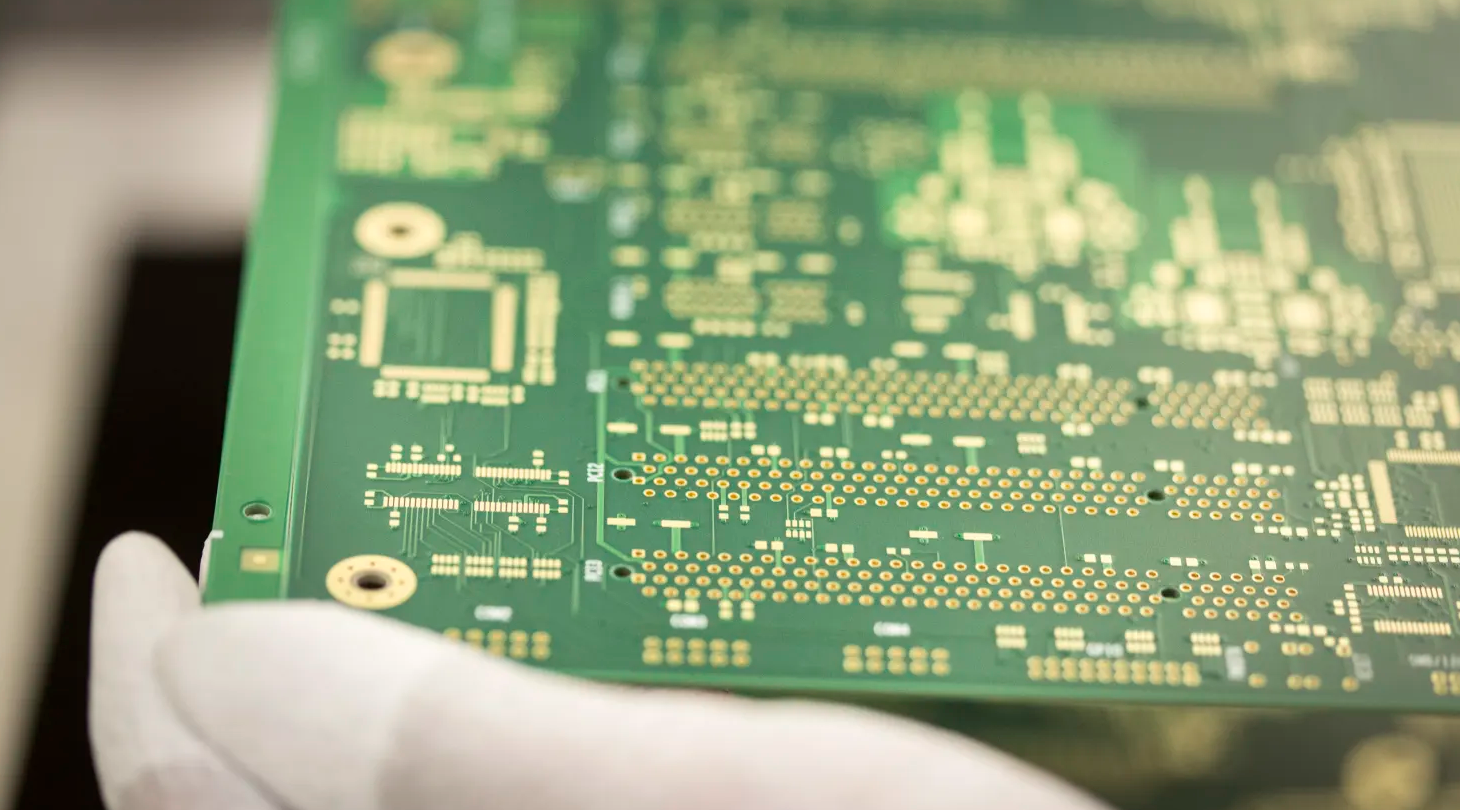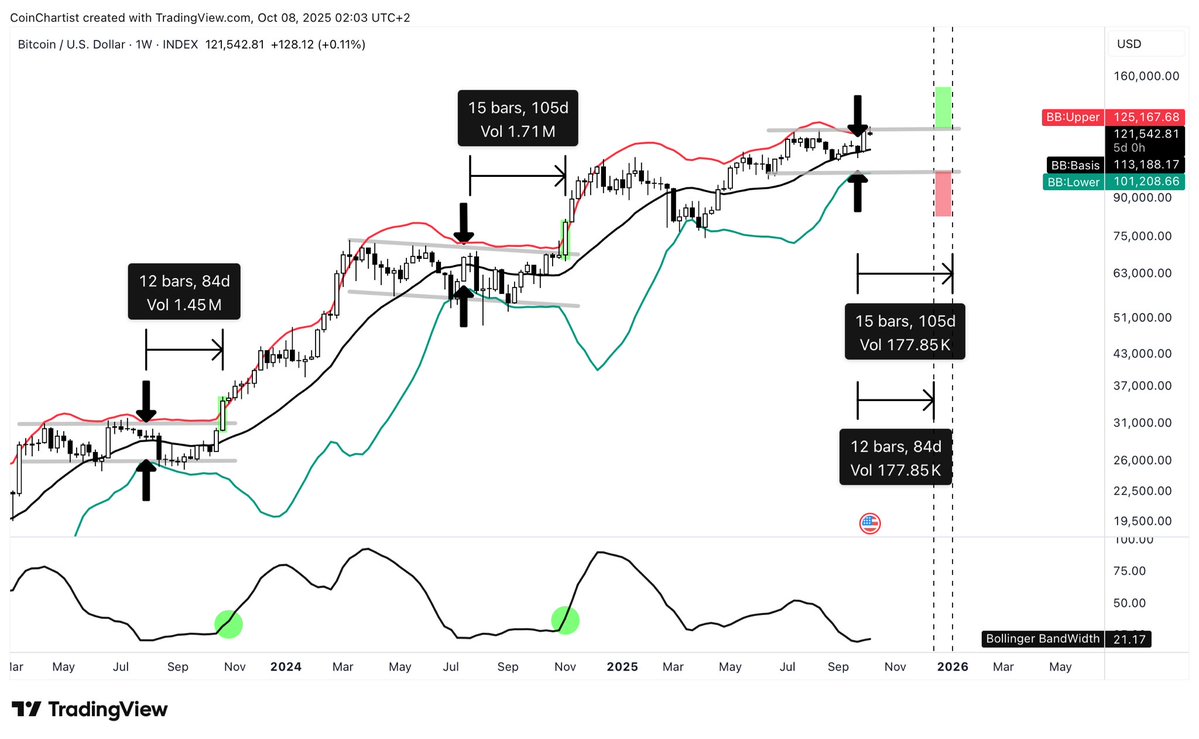The United States has lifted restrictions on the export of software used for semiconductor design to China—marking a key step toward easing technological tensions between the two nations. Leading U.S. electronic design automation (EDA) software providers Synopsys and Cadence confirmed the development, as reported by CNBC.
Synopsys stated that the company is actively working to restore access for Chinese clients to products that were previously subject to export controls. Cadence also confirmed that the U.S. Bureau of Industry and Security has officially rescinded earlier restrictions on the export of their software and technology to China.
“We are in the process of restoring access to our software and technologies for affected customers, in accordance with U.S. export laws,” a Cadence spokesperson said.
Siemens, another major EDA player, has also received approval to resume business operations in China.
Following the news, shares of Synopsys and Cadence rose by 6% and 7% respectively in after-hours trading, indicating a positive reaction from investors.
Synopsys, Cadence, and Siemens are dominant forces in the EDA sector, offering comprehensive solutions ranging from software and hardware platforms to engineering services. In 2024, their global market shares stood at 31%, 30%, and 13% respectively.
On June 27, China’s Ministry of Commerce confirmed a trade agreement with the United States aimed at easing tech restrictions and facilitating the export of rare earth materials. Under the deal, China will evaluate and approve applications for the export of controlled goods, while Washington will remove several existing restrictions on Chinese technology imports.
These developments signal a potential thaw in the ongoing tech conflict between the world’s two largest economies and pave the way for the restoration of cross-border business ties in the semiconductor industry.










